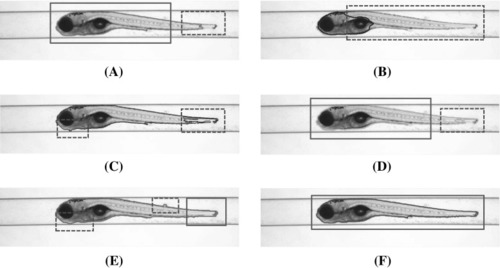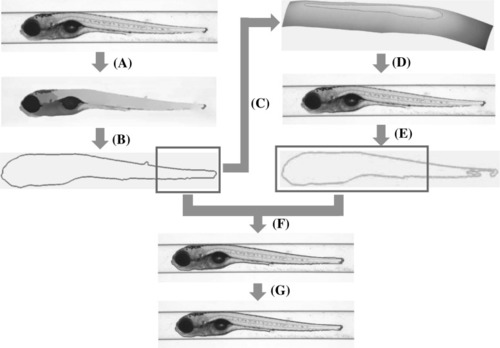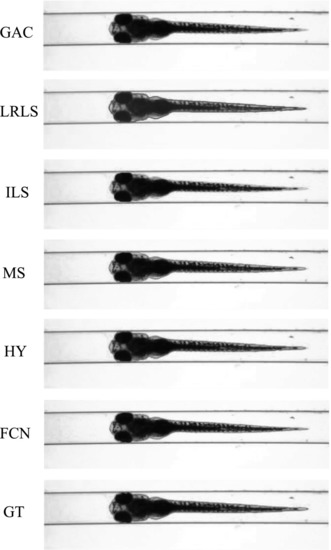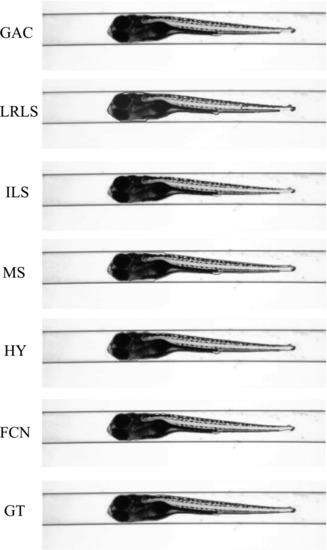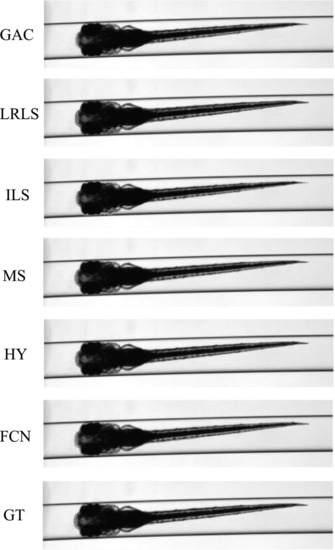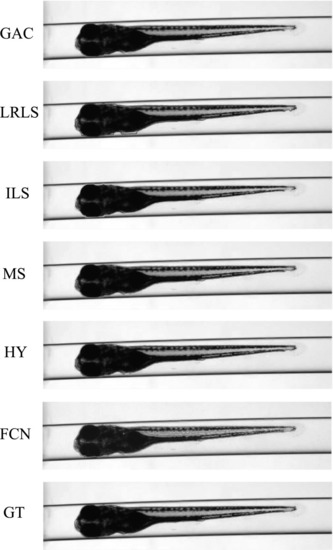- Title
-
An efficient and robust hybrid method for segmentation of zebrafish objects from bright-field microscope images
- Authors
- Guo, Y., Xiong, Z., Verbeek, F.J.
- Source
- Full text @ Mach Vis Appl
|
Typical applications of zebrafish segmentation. |
|
Segmentations by different methods for a zebrafish specimen in lateral position. Blue bounding box indicates the expected segmentations, and red bounding box indicates inaccurate segmentations. |
|
A pipeline schematic of the hybrid method. |
|
Segmentation results visualisation of different methods on one zebrafish example from |
|
Segmentation results visualisation of different methods on one zebrafish example from |
|
Segmentation results visualisation of different methods on one zebrafish example from |
|
Segmentation results visualisation of different methods on one zebrafish example from |
|
Segmentation results visualisation of different methods on one zebrafish example from |
|
Segmentation results visualisation of different methods on one zebrafish example from |
|
Segmentation results visualisation on |


